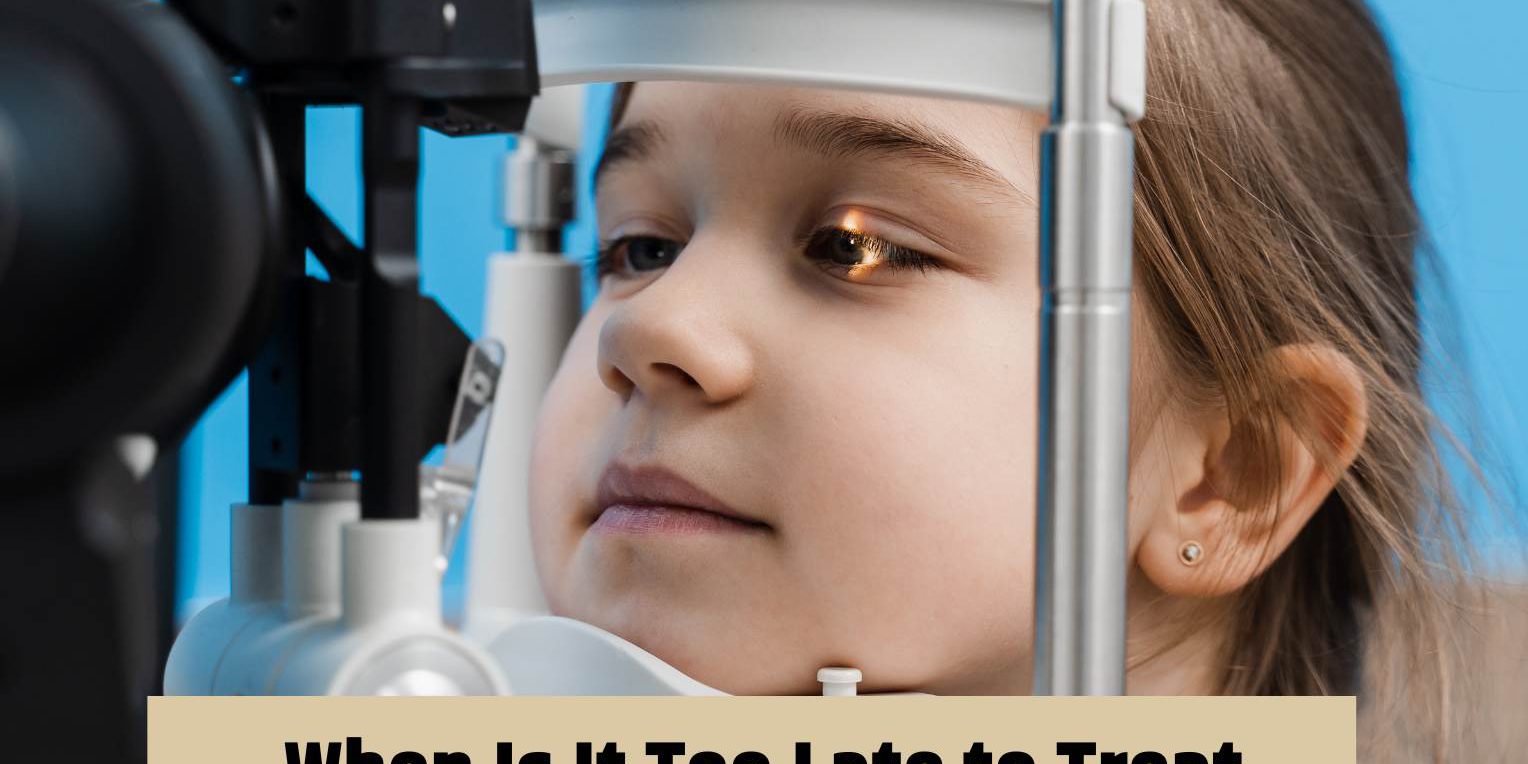Overview:
Lazy eyes are also called amblyopia. It is a visual condition in which one eye does not achieve normal vision, even with prescribed glasses or contact lenses. This condition typically develops in early childhood and is the most common cause of vision loss in children.
Symptoms of Lazy Eye
A lazy eye can be difficult to find because children might not realize they have a vision problem. Common signs include:
- Poor depth perception
- Squinting or closing one eye
- Head tilting
- Eyes that appear to not work together
Can Amblyopia Be Treated in Older Children and Adults?
As a child passes the critical age of about 7 to 9 years, the brain’s ability to adapt decreases significantly. It is not quite right to say that it is too late.
Older Children: Studies have shown that treatment for amblyopia in children aged 7 to 17 can further improve vision, but the success rate decreases with age. The same treatments used in younger children, including patching and atropine drops, can continue to be beneficial.
Adults: This treatment was not effective in adult patients, recent research suggests that the brain maintains some plasticity, meaning that some improvement is possible. Techniques such as vision therapy and specialized computer programs can sometimes help adults improve vision in the weaker eye, but results vary and are generally modest compared to treatment in children.
Types of lazy eyes (amblyopia):
There are a few types of amblyopia to know about refractive, strabismic, and deprivation.
Strabismic Amblyopia:
This type occurs when there is a displacement of the eyes, such as strabismus or lazy eye. The brain will ignore the input from the incorrect eye to avoid double vision, resulting in amblyopia in that eye.
Refractive Amblyopia:
This happens when there is a large difference in refractive error are nearsightedness, farsightedness or astigmatism between the two eyes. The brain prefers the eye with better focus, making the other eye weaker.
Deprivation Amblyopia:
This type occurs when there is something preventing light from entering and focusing in a child’s eye, such as a cataract. This deficiency in visual sensitivity can prevent the eye from developing properly.
Treatment of Lazy Eye:
Amblyopia treatment aims to force the brain to use the weaker eye, which will improve vision. Common treatments include:
Corrective Eyewear:
Refractive errors can be corrected with glasses or contact lenses.
Eye Patching:
Patching treatment includes encouraging the use of the weaker eye and covering the stronger eye with an eye patch. The eye patch is usually worn for a few hours a day, but the length of treatment can vary and is usually used in combination with vision therapy.
Eye Drops:
Drops treatment includes encouraging the use of the weaker eye, these drops blur vision in the stronger eye.
Vision Therapy:
Vision therapy treatment includes eye exercises and activities for the improvement of the function of the weaker eye.
Surgery:
Eye surgery may be an option to cosmetically realign the eyes, but surgery may not improve vision in lazy eyes. If this is an option for your child, your optician can advise you.
If you would like to discuss your lazy eye treatment in Moshi, please book an appointment with us. We will help you make the best decisions for you and/or your child vision.
Get in touch with us:
It is never too late to treat lazy eyes. If you or your child require treatment for a lazy eye, get in touch with the Eye Clinic in Moshi. We can recommend a treatment option after completing an eye treatment and uncovering the exact cause of your lazy eye.







